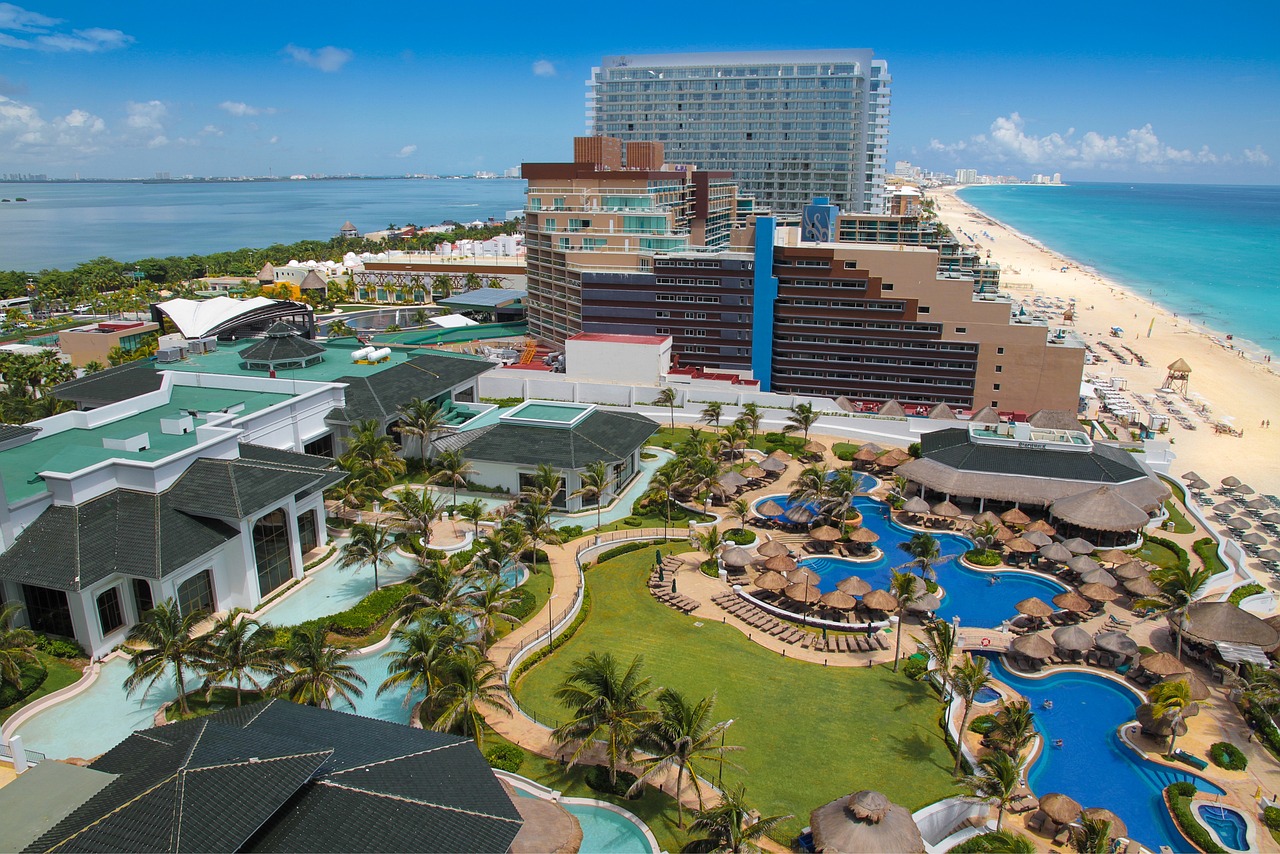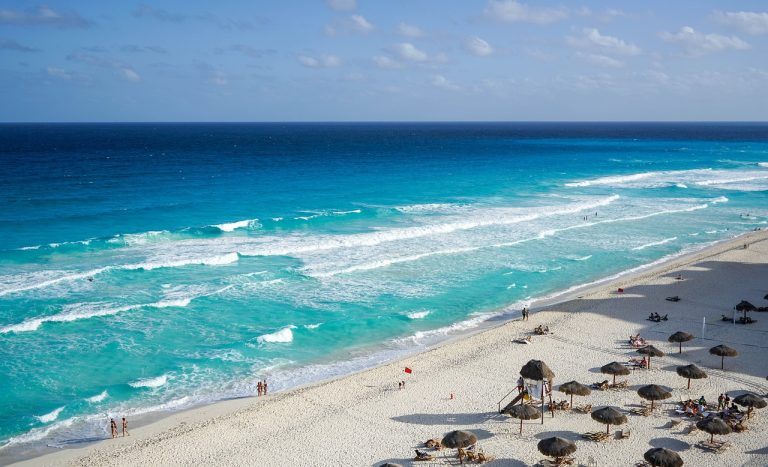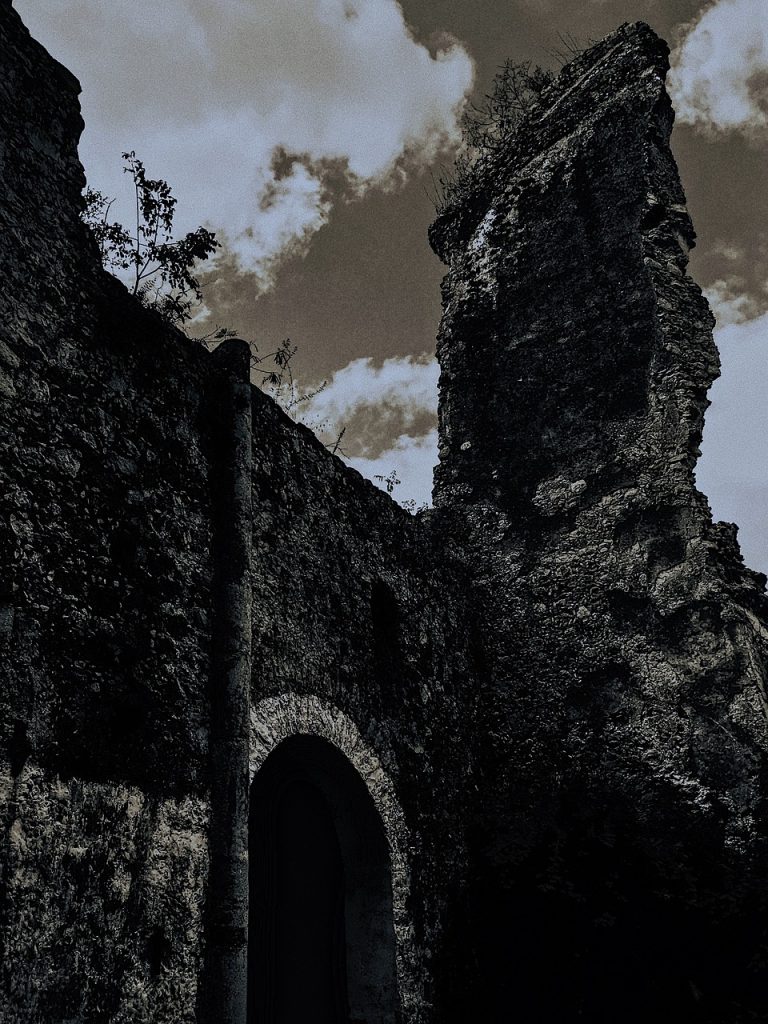Cancún Mexico Video
Historical Landmarks of Cancún Mexico: A Deep Dive
Cancún, located on the northeastern coast of the Yucatán Peninsula in Mexico, is known for its stunning beaches, crystal-clear waters, and vibrant nightlife. However, beyond its modern attractions, Cancún also boasts a rich history with numerous historical landmarks that provide a glimpse into the region’s past. In this article, we will take a deep dive into some of the most significant historical landmarks in Cancún, highlighting their unique features and historical significance.
El Rey Ruins
The El Rey Ruins, also known as the King’s Ruins, are an archaeological site located in the Hotel Zone of Cancún. This site, dating back to the Mayan civilization, consists of a series of structures and temples dedicated to the Mayan sun god. The ruins offer visitors a chance to explore ancient Mayan architecture and learn about the religious practices of this ancient culture.
- Architectural Marvel: The El Rey Ruins showcase impressive architectural feats, including intricately carved stone structures and well-preserved temples.
- Cultural Significance: These ruins offer a glimpse into the religious practices and beliefs of the Mayan civilization, providing valuable insights into their culture and way of life.
- Scenic Surroundings: The El Rey Ruins are set amidst lush greenery and offer stunning views of the surrounding landscape, providing a serene and picturesque atmosphere.
The El Rey Ruins are a testament to the advanced architectural skills of the Mayans, with structures featuring ornate carvings and intricate details.
Visitors can learn about the Mayan religious ceremonies and rituals that took place at the El Rey Ruins, gaining a deeper understanding of this ancient civilization.
Exploring the ruins allows visitors to immerse themselves in the natural beauty of the area, creating a unique and memorable experience.

San Miguelito Archaeological Site
The San Miguelito Archaeological Site is another significant historical landmark in Cancún. Situated in the Hotel Zone, this site preserves the remains of an ancient Mayan city that flourished between the 13th and 16th centuries.
- Historical Preservation: The San Miguelito Archaeological Site serves as a testament to the rich history of the Mayan civilization and the architectural brilliance of their cities.
- Artistic Expression: The site features intricate stone carvings and sculptures, showcasing the artistic skills of the Mayan people.
- Natural Setting: The archaeological site is nestled within a lush tropical forest, offering a serene and peaceful environment for visitors to explore.
Visitors can witness the well-preserved structures and gain a deeper understanding of the daily life and customs of the Mayans.
Exploring the San Miguelito Archaeological Site allows visitors to appreciate the artistic expressions of the Mayan culture, providing a unique perspective on their creativity and craftsmanship.
Surrounded by the beauty of nature, visitors can immerse themselves in the tranquility of the San Miguelito Archaeological Site, creating a memorable experience.

Cancún Underwater Museum
The Cancún Underwater Museum, also known as MUSA (Museo Subacuático de Arte), is a unique attraction that combines art and conservation efforts. Located off the coast of Cancún, this underwater museum features over 500 sculptures submerged in the Caribbean Sea.
- Artistic Submersion: The Cancún Underwater Museum showcases the fusion of art and marine life, creating a one-of-a-kind experience for visitors.
- Environmental Awareness: The museum serves as an artificial reef, promoting the growth of coral and providing a habitat for various marine species.
- Snorkeling and Diving: Visitors have the opportunity to snorkel or dive among the sculptures, immersing themselves in this unique underwater art exhibition.
Visitors can explore the underwater sculptures while admiring the vibrant coral reefs and marine species that have made the museum their home.
Through the installation of sculptures, the Cancún Underwater Museum aims to raise awareness about marine conservation and the importance of preserving our oceans.
Exploring the Cancún Underwater Museum offers a thrilling adventure, allowing visitors to discover the beauty of the underwater world while appreciating the artistic creations.

Conclusion
Cancún, Mexico, is not only a popular tourist destination for its beaches and nightlife but also a city with a rich historical heritage. The El Rey Ruins, San Miguelito Archaeological Site, and the Cancún Underwater Museum are just a few examples of the historical landmarks that provide a deeper understanding of the region’s past. Exploring these sites allows visitors to appreciate the architectural brilliance, cultural significance, and environmental awareness that define Cancún’s historical attractions.
References
- visitmexico.com
- cancun.com
- musa.org.mx







